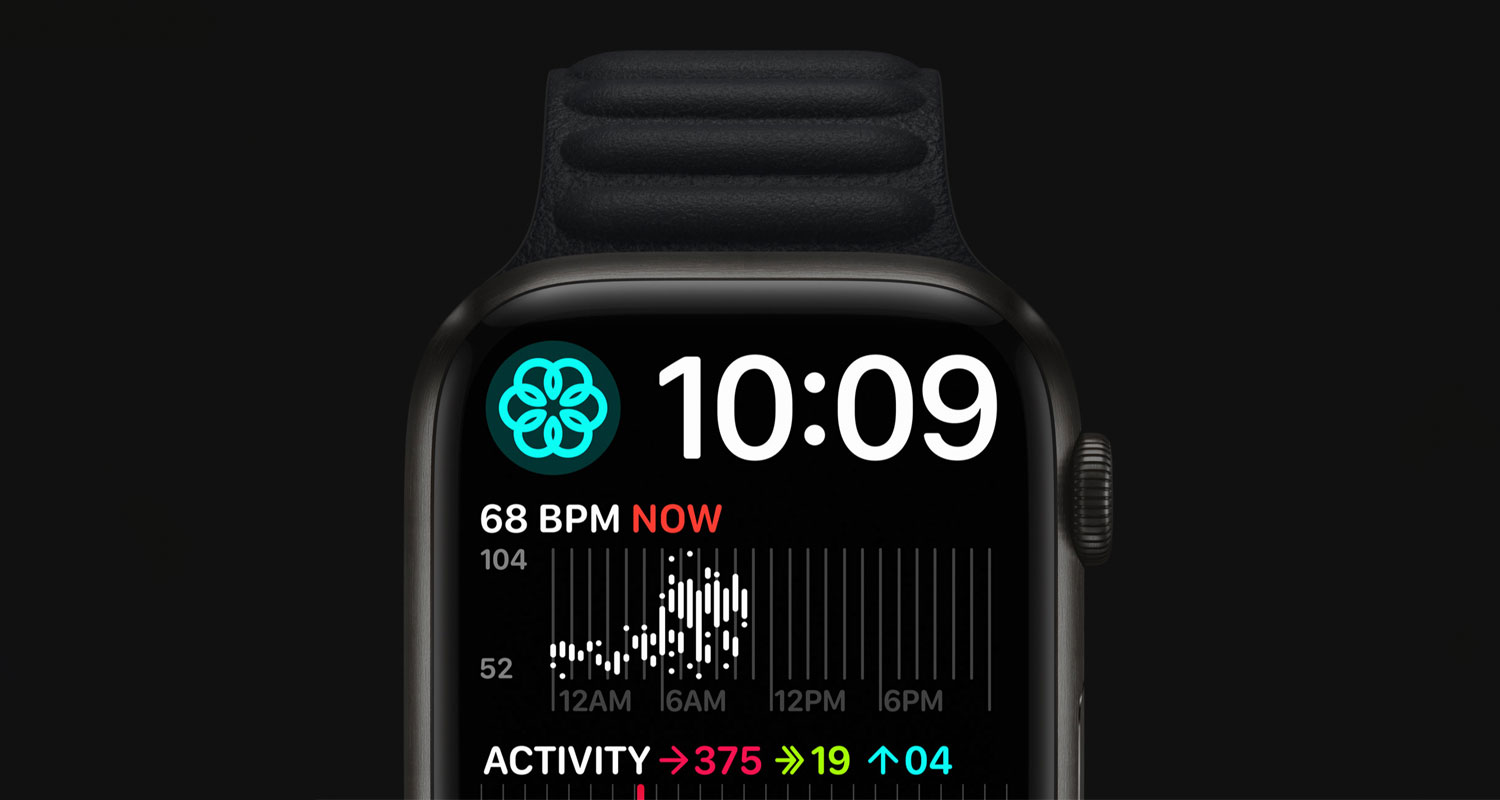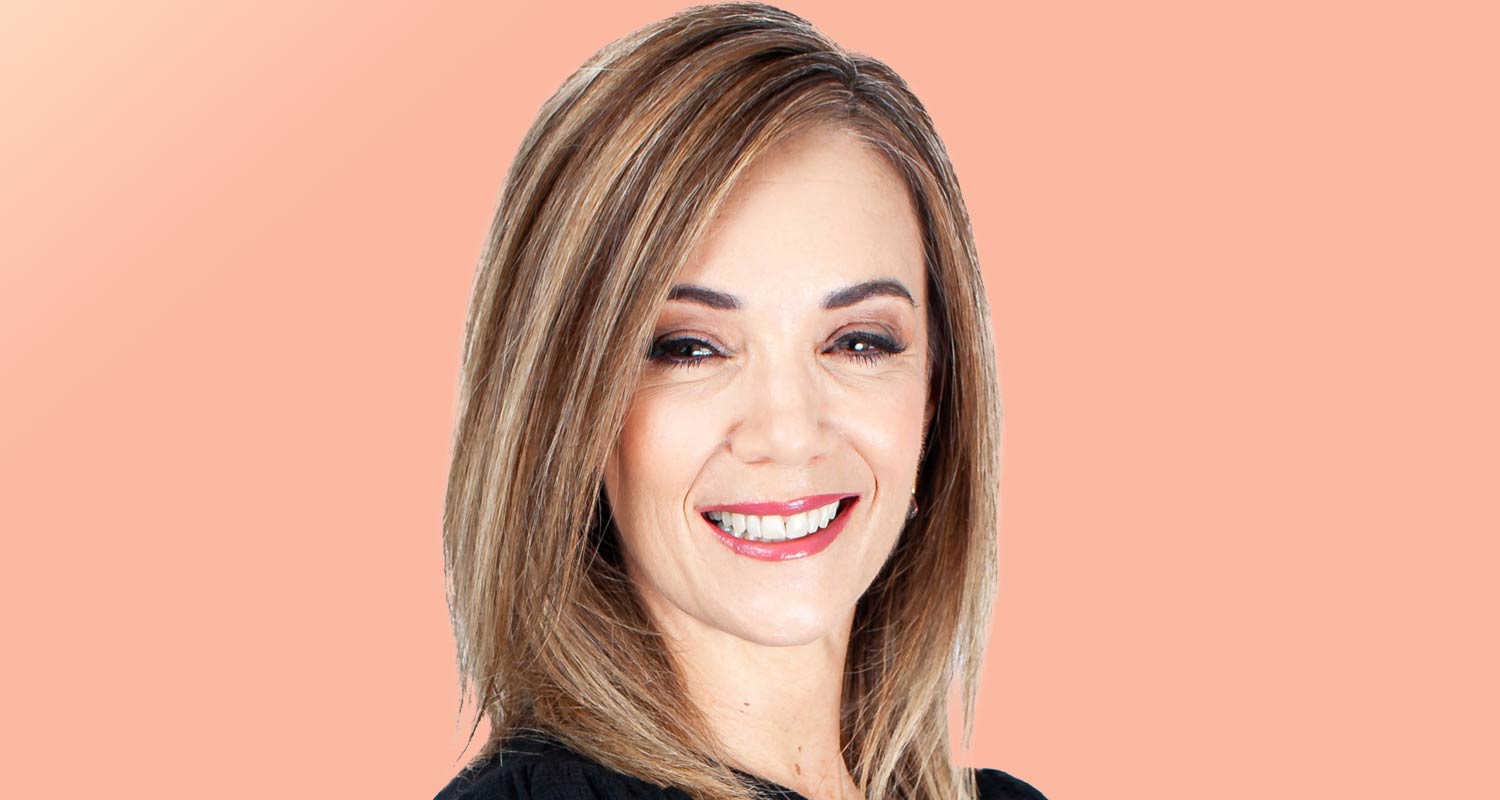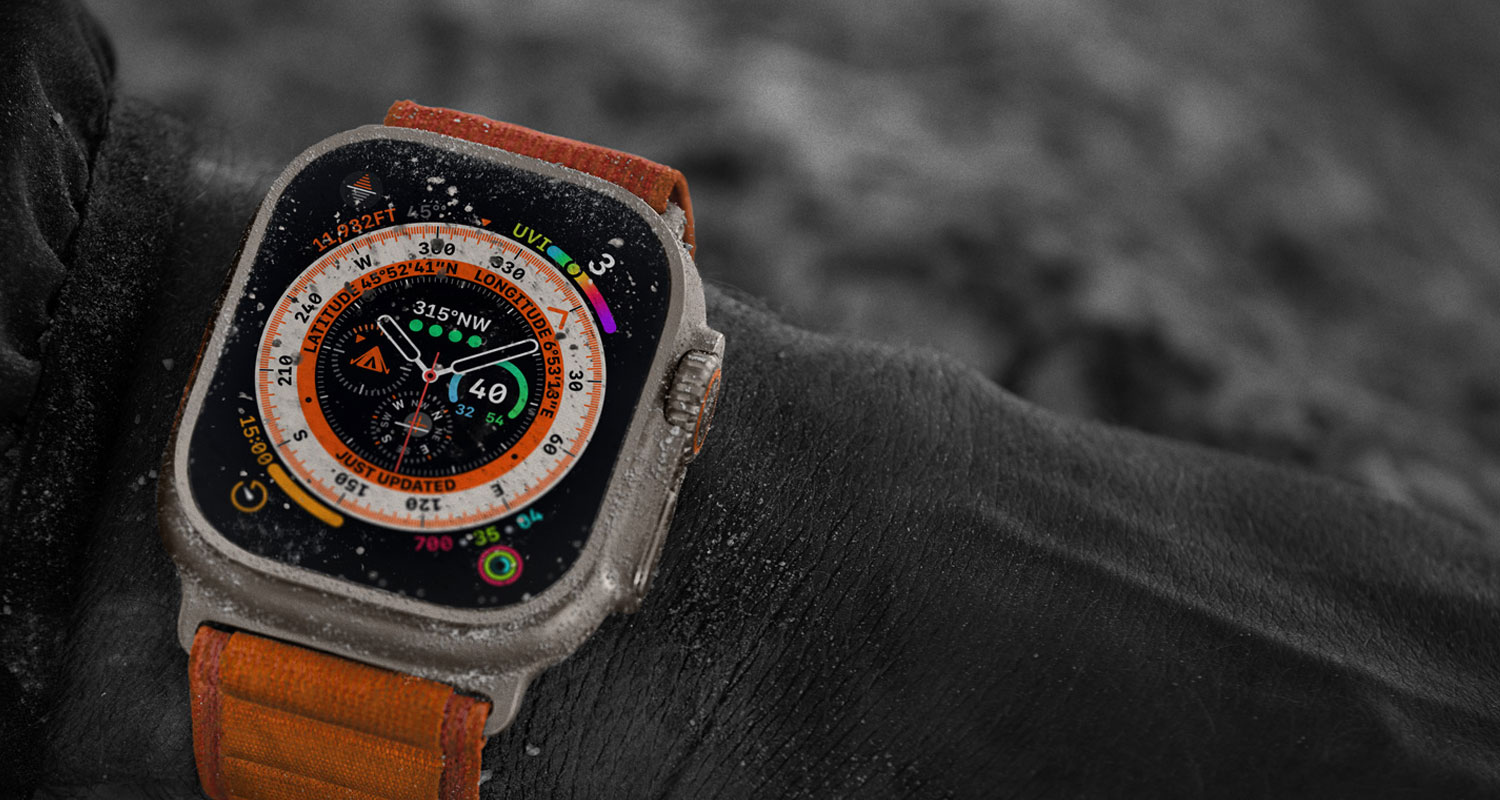 If you own a smartwatch, you probably already have an appreciation for the way in which communication, connectivity and health monitoring are integrated into one sleek package. In smartwatches, the health monitoring features, in particular, have become quite sophisticated. Not only can these measure biological markers and characteristics, such as your heart rate, sleep patterns and stress levels, they could also measure the oxygen saturation of your red blood cells with a pulse oximeter (which you may remember as the peg-like device clipped onto your finger during your last hospital visit).
If you own a smartwatch, you probably already have an appreciation for the way in which communication, connectivity and health monitoring are integrated into one sleek package. In smartwatches, the health monitoring features, in particular, have become quite sophisticated. Not only can these measure biological markers and characteristics, such as your heart rate, sleep patterns and stress levels, they could also measure the oxygen saturation of your red blood cells with a pulse oximeter (which you may remember as the peg-like device clipped onto your finger during your last hospital visit).
Pulmonary disease, lung cancer, asthma and many other health conditions result in low blood oxygen levels, so the ability to monitor oxygen saturation is a valuable feature in a smartwatch. With a market size estimated to be in the region of US$25.2-billion in 2022, and to grow by a compound annual rate of 24% by 2028, the smartwatch industry is lucrative and extremely competitive.
Dispute
The blossoming smartwatch market sets the stage for an elaborate saga that has focused our attention once more on the importance of “freedom to operate”, and in particular on avoiding patent infringement and the misappropriation of trade secrets proprietary to companies that previously employed a new recruit.
Masimo Corporation and Dr Marcelo Malini Lamego are the main characters at the centre of this story. Masimo is a global medical equipment company that develops and produces health monitoring devices, including pulse oximeters that use light-based technology to measure blood oxygen saturation. Around 2003, Lamego joined Cercacor Laboratories, a subsidiary of Masimo, where he advanced to chief technical officer.
While at Cercacor, Lamego developed at least two variations of an algorithm known as TSS, to calculate various physiological values, including the concentration of total haemoglobin in the blood of a patient, a measurement known as SpHb. Different wavelengths of light are emitted from LEDs into a patient’s fingertip and the amount of light absorbed by the fingertip is measured. The measurements are input to an equation and certain coefficients are determined by optimising the SpHb equation to fit the results of blood tests conducted during a clinical trial. Because the SpHb equation may include up to 257 coefficients, the optimisation cannot be done by hand – an optimisation algorithm is required.
In a dramatic twist of fate, Lamego fired off an e-mail to Tim Cook, the CEO of Apple, late one night in 2013. In his mail, Lamego wrote: “I strongly believe that we can develop the new wave of technology that will make Apple the number one brand in the medical, fitness and wellness device market.” Apple recruited Lamego, presumably hoping to harness his expertise to rocket their products to the forefront of the smartwatch race.
Bigger plans
Lamego was briefly employed by Apple, where he was a named inventor on several health-related inventions patented by Apple, but ostensibly, he had bigger plans. In 2014, he founded his own smartwatch company called True Wearables. At True Wearables, Lamego developed an oximeter known as Oxxiom and tried to protect certain features of that device by filing patent applications.
Fast-forward to 2018, Masimo makes an explosive allegation that one of these patent applications contained a TSS algorithm that Lamego developed while at Cercacor and it institutes proceedings against Lamego and True Wearables for breach of contract, breach of fiduciary duty, misappropriation of trade secrets and patent infringement.
Read: Apple forced to halt US sales of latest watches
On the issue of trade secret misappropriation, True Wearables argues that the TSS algorithm was published by the Institute of Electrical and Electronics Engineers (IEEE) in a conference paper and that “variants of the TSS have appeared in statistics textbooks since the early 1960s”. Interestingly, the court decided that the existence of the IEEE publication “does not necessarily compel a finding that the information cannot maintain its status as a trade secret for a party in an entirely different field from the one to which the publication was addressed” and that an argument that the TSS algorithm was generally known could only succeed if it was known to “entities who develop non-invasive blood content detectors” so that economic value could be derived from the algorithm by these entities. Masimo obtained a permanent injunction against True Wearables in 2022, preventing the sale of the Oxxiom device.

In 2018, Masimo also accuses Apple of misappropriating its light-based technology to measure biomarkers and of infringing its patents. According to Masimo, they met with Apple in 2013 about incorporating its technology into Apple products but the tech giant subsequently hired Lamego and other key individuals, who then enabled Apple to copy the technology in, at least, its Series 9 and Ultra 2 watches.
In 2020, Masimo institutes action against Apple in the court of the International Trade Commission (ITC¹) for infringing its patents, including US patent no 10 945 648 in respect of a user-worn device for non-invasive light-based determination of physiological parameters of the user, including blood oxygen saturation.
Apple subsequently filed petitions at the US Patent and Trademark Office to invalidate 17 of Masimo’s patents, which were partially successful – but the 10 945 648 patent was found to be valid and enforceable.
In 2023, the ITC ruled that Apple was infringing Masimo’s patent and ordered a complete ban on imports of Apple Watch models in Series 6, 7, 8, and 9 and the continued sales of these watches already in the US. Apple appealed this decision, but this month (January 2024), the US court of appeals for the federal circuit dismissed the appeal, forcing Apple to halt sales of the infringing smartwatches in the US.
Outside the US, Masimo’s portfolio includes six other “family members” (patents equivalent to the US patent in other regions), which means that Masimo may seek to enforce a monopoly in the invention in these other countries.
Masimo and Apple have both attempted to garner public support for their respective causes.
Masimo issued a statement hailing the outcome as “a win for the integrity of the US patent system, and ultimately American consumers who will benefit from an ecosystem that rewards true innovation” and called Apple’s announcement that it would remove the infringing technology from its products “a positive step towards accountability”.
Countersuits
In a statement made at the time of the original court decision against it, Apple referred to Masimo’s own wrist-worn product that had just been cleared for use by US regulators, declaring that Masimo had “wrongly attempted to use [the litigation] to keep a potentially life-saving product from millions of US consumers while making way for their own watch that copies Apple”. Late in 2023, Apple filed two of its own suits claiming patent infringement by Masimo, which are currently pending.
While providing gripping entertainment for patent attorneys at large, disputes involving patent infringement or misappropriation of trade secrets also have significant commercial implications for the parties involved. Going forward, Apple’s redesigned smartwatches will need to compete, at least in the US, with Masimo’s products that contain the coveted technology.
Apple may also find its customers’ brand loyalty affected by risk aversion – even loyal customers may be unsure about purchasing a product embroiled in patent litigation. To be viewed as a forerunner in the innovation race, participants must ensure not only that their own products are creative and innovative but also that they avoid infringing the intellectual property rights of others.

¹The ITC is an agency of the US government that hears cases based on unfair competition, including matters involving patent infringement and misappropriation of know-how or trade secrets. The ITC is often favoured for patent infringement because it does not have a jury, so complicated legal, technical and expert arguments can be made.
- The author, Dina Biagio, is partner at specialist intellectual property law firm Spoor & Fisher




